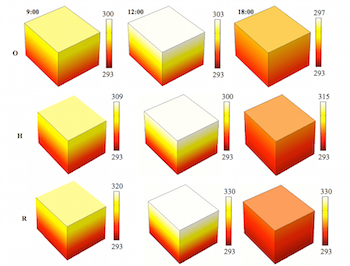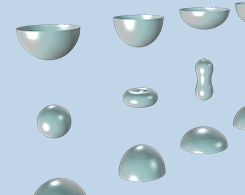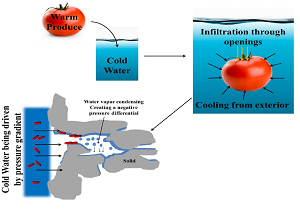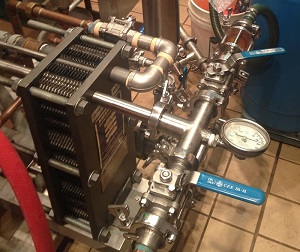Blog Posts Tagged Food Science

Analyze Solar Food Dryer Designs with Heat Transfer Modeling
You can use heat transfer simulation to analyze solar food dryer designs and identify optimal building materials, including phase-change materials, which conserve the solar heat.

Nestlé Sweetens the Candy Production Process with Simulation
Question: How does a well-known candy company ensure that each of their signature chocolate bars has the same consistency, texture, and taste? Answer: Fluid flow simulation!

Tears of Wine and the Marangoni Effect
Have you ever noticed that when drinking a glass of wine, sometimes “tears” fall down in the inside of the wine glass? This is the Marangoni effect in action! Learn more and see examples…

Hydrocooling Analysis for Fresh Produce Safety
During the hydrocooling process for tomatoes, bacteria can seep through and contaminate the food, making it unsafe to ingest. Researchers from Cornell University used simulation to investigate.

Improving the Beer Brewing Process with Simulation
Which side of home beer brewing are you more interested in: The culinary side, like the recipes and ingredients, or the engineering one, like the conjugate heat transfer and chemical reactions?

The Science of Composting
Compostable coffee pods in recyclable packaging are an environmentally friendly way to get your morning caffeine fix. But what exactly is the science behind the composting process?

Hygroscopy of Brown vs. White Sugar, the Banana Bread Test
Physics in the kitchen: We bake 2 loaves of vegan banana bread to compare the hygroscopic properties of white and brown sugar. Get details — and the recipe! — on the blog.

Eat First, Research Later: Exploring the Role of Eggs in Baking
Leavening, binding, moistening: 3 of the roles eggs typically play in baking. Learn more about the science behind baking with eggs, and how vegan baked goods compare, on the blog.
